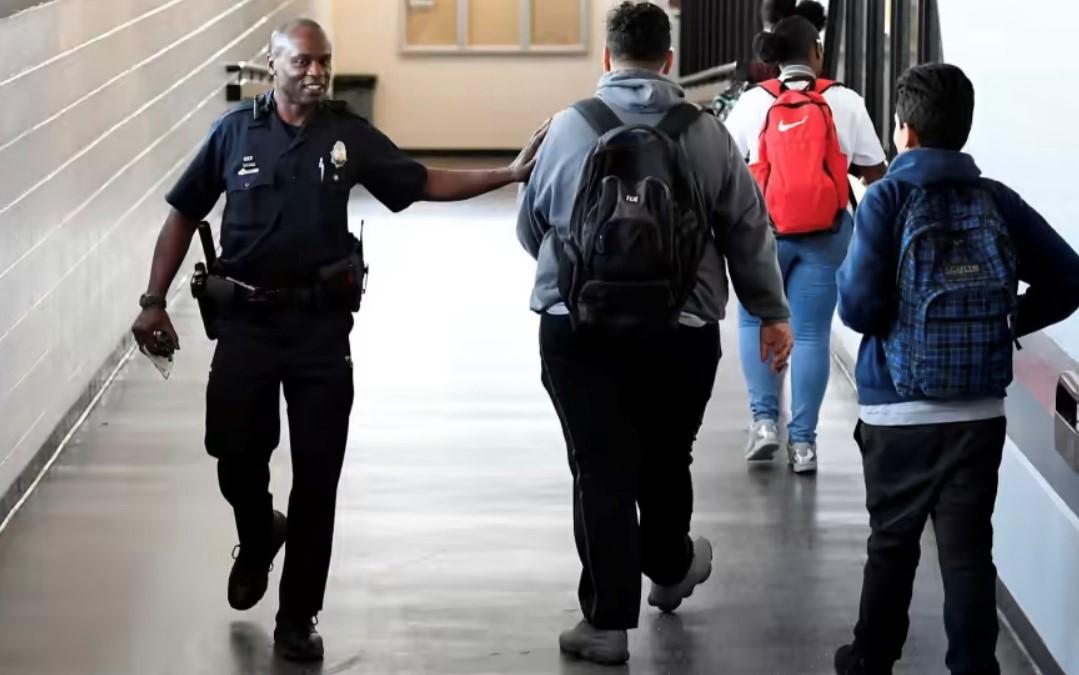Education authorities have expressed concern about the lack of fentanyl prevention and awareness programs in California schools.
Accidental overdose from synthetic opioids is currently the leading cause of death for people aged 18 to 45, according to the U.S. Centers for Disease Control and Prevention (CDC). The opioid called fentanyl is known to make up the vast majority of these overdoses and is often made into rainbow-colored pills that resemble candy.




